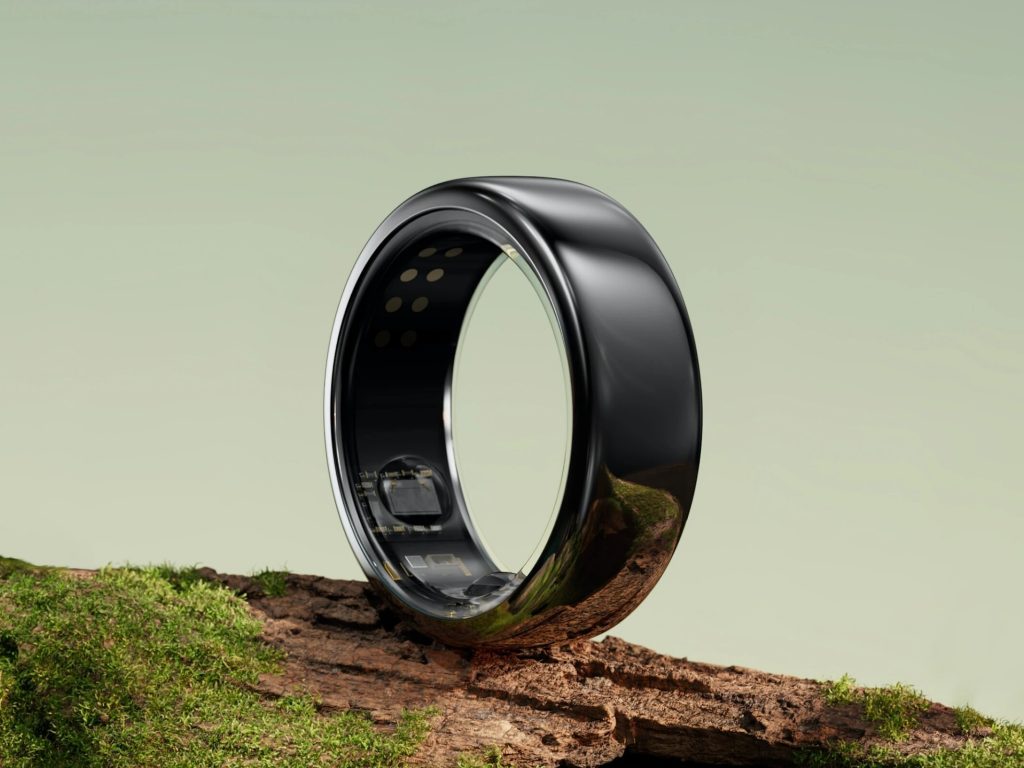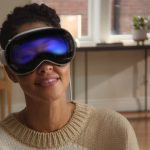India’s ultrahuman is preparing for a year of growth. Today, the completion of a Series B financing of million *, a mixture of equity and debt, is announced. The smart ring startup is a lesser-known name than the veteran of the category — and market leader – Oura. But founder Mohit Kumar tells TechCrunch that he sees a way to snatch the number 1 from the US rival — in just 12 to 15 months, according to his assessment. At the moment, Ultrahuman believes that his smart ring is in second place compared to Oura’s sales. The new financing is about giving gas.
“Oura is currently number one in the world,” he says. “With the number of units in the last 12 months, we have become the second largest in the world. But at the moment we think that we should be able to cross it in the next 12 to 15 months. To make sure that we actually exceed them … let’s collect a little growth capital.”
Where does Kumar’s self-confidence come from? Ultrahuman has already achieved profitability at the corporate level, even if it has invested in its own production facilities to lay the foundations for long-term growth. Recently, a new “UltraFactory” was added, as it calls its production facilities, which can achieve an annual turnover million. And it says it is “on the right track” to surpass the million annualized revenue rate (ARR) by the end of 2024 — it is currently reaching million per Kumar, which is “almost” few million per month — so it is dreaming big and laying the foundation for serious scaling (the goal is 7- to 8-fold growth for this stage).

Partnering with brick-and-mortar retailers such as London’s Selfridges, Singapore’s Changi Airport and the Virgin Megastore in Dubai to sell his smart ring is one of the strategies Kumar sees as driving growth. This kind of wearable, which must serve as an ornament, is especially nice for people who can try it on before buying.
Offering the hardware subscription for free, with only a price tag for consumers to get on board with the device’s sleep, recovery and activity tracking features, is another one. (In contrast, Oura requires a “membership” subscription to unlock tracking Insights.) Kumar also emphasizes the team’s commitment to rapid product development and iteration, as well as a rapid effort for geographic expansion — bringing the wearable to over 100 markets worldwide, some of which resemble uncharted territory as he says they don’t have an established Smart Ring market leader yet — as contributing factors to building momentum.
“There’s a lot more to come,” he says. “What we’ve seen is that when we go live in a region, the faster we go live, the more people recognize us as the market leader. For example, in the Asian markets, in many Nordic countries, there is currently no competition. So the First Mover really makes a big difference. And we want to be pioneers in these markets. This is point number one. And that’s why we’re raising capital — because we can accelerate growth in these markets.
“The other reason [for the increase now] is that we basically had really interesting user trends in core markets like the US market that tell us that our engagement rate in this matter is comparably higher than that of the competition. That’s why we also want to double the expansion of the US market.”

The first ultrahuman smart ring (which it simply called Ring) was launched back in July 2022. Since then, Ultrahuman has a slimmer sequel – the Ring Air, which was unpacked in June 2023 – a revised design that, according to Kumar, helps to attract a larger share of women than the category average for trackers worn on the finger (although the gender distribution of the Ring Air is still mostly men, at 55% vs. 45%).
He also points out the team’s focus on female characteristics, such as a pregnancy mode and insights into the cycle. The latter feature integrates with period tracking apps to connect phase-specific messages (luteal, follicular, etc.).) in the Smart Ring experience, which gives users general information about hormonal changes that may affect tracked components such as their sleep and recovery scores. And give tips on how to deal with the effects of cycle-based phenomena (e.g. Suggest to deal with a slight increase in body temperature by taking a lukewarm shower).
As we found out in our Ring Air test last summer, Ultrahuman’s second Smart Ring delivered a significantly improved performance and polish, which makes it a competitor to compete with Oura. But even since then, the startup has not stopped, more products have been launched on the market and / or are in the works.
One of them is the “health” tracker for the home, announced in January (and scheduled for launch in June), which is equipped with sensors for monitoring the indoor climate. Ultrahuman sees this smart-home-cum-smart-health gadget as another data collection tool to gain tracking insights by identifying external factors (e.g. air quality, light exposure) that can have a negative impact on the user’s sleep scores.

Recently, a blood test service called Blood Vision was also introduced, which offers blood tests on request in a handful of cities (for now only in India). App users press a button and the service sends a real doctor, a phlebotomist, to your home to take several vials of blood. The laboratory test results are fed into the app, in which Ultrahuman has developed an interface that aims to break the usual complexity around blood-based biomarkers. For example, it wants to make it easier for users to keep track of changes in the direction of their level, so that they can quantify their fitness / well-being from a different angle as well.
“Within four hours, you will see more than 100 blood markers in the app,” Kumar explains how the young blood tracking service works. “It will tell me … where am I in the field of longevity and health and what do I need to do to improve it even further? Which lifestyle markers is it related to – what it picks up from the ring.”
In addition, Ultrahuman offers a metabolic health tracking service based on selling users another type of wearable – a continuous glucose monitor (CGM) — to track their blood sugar. The app collects and visualizes data from these (semi-invasive) sensors worn on the arm and additionally adds a layer of digital nudges and data-driven insights. The overarching goal is to promote better health and well-being by helping users control their glucose levels and reduce physical inflammation associated with the development of a variety of diseases.



